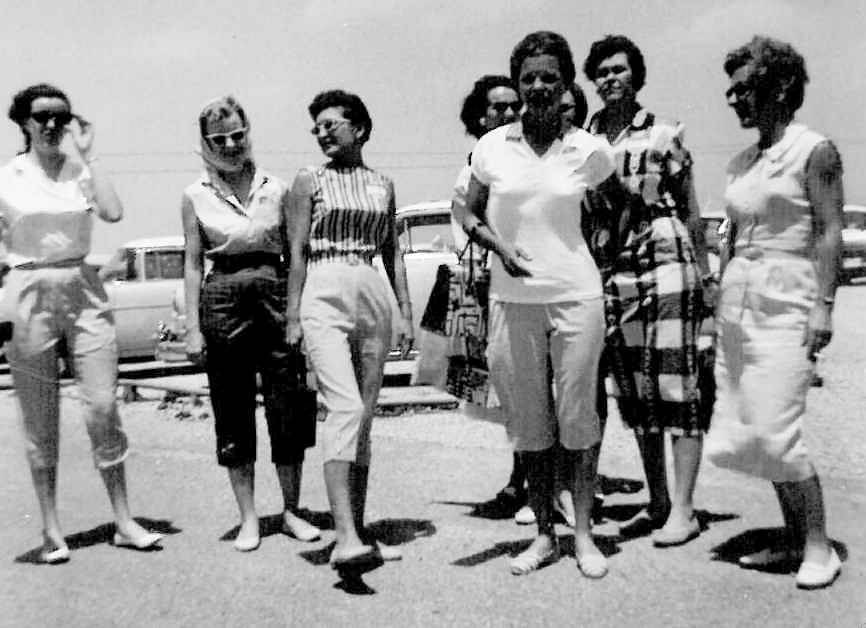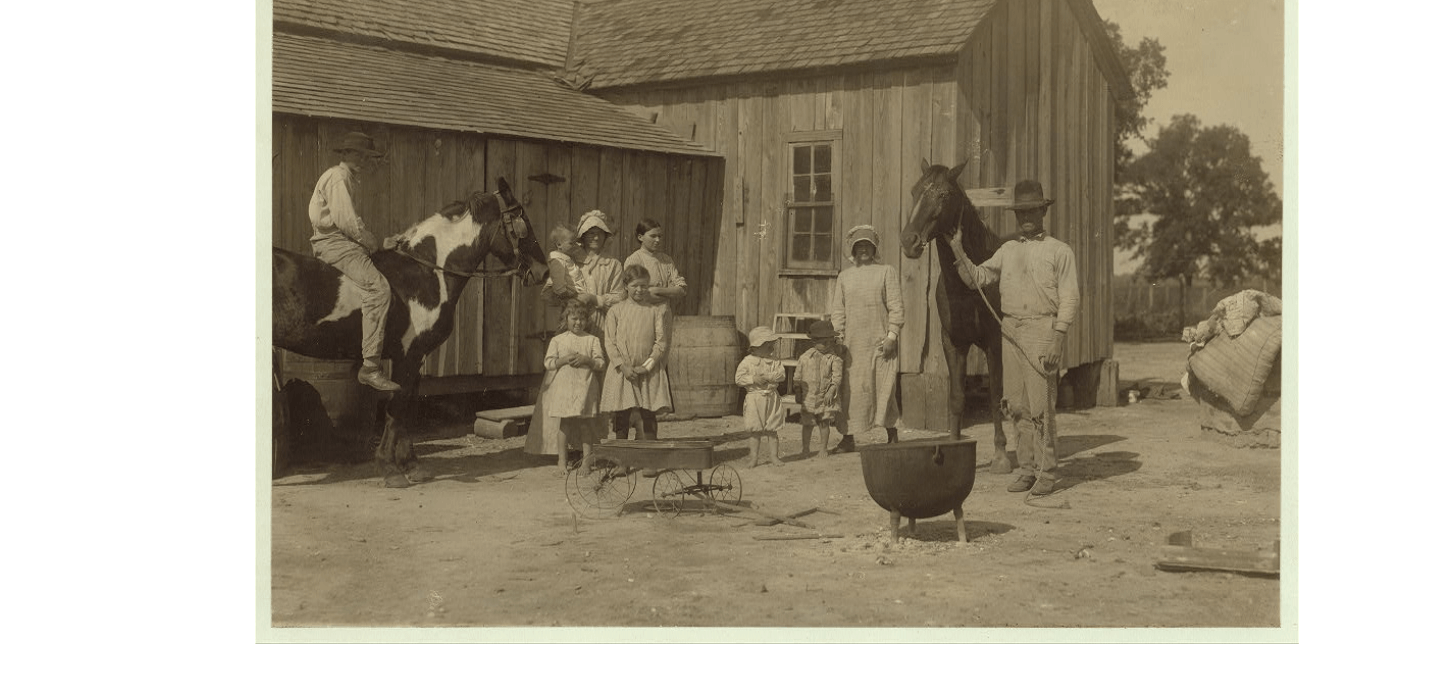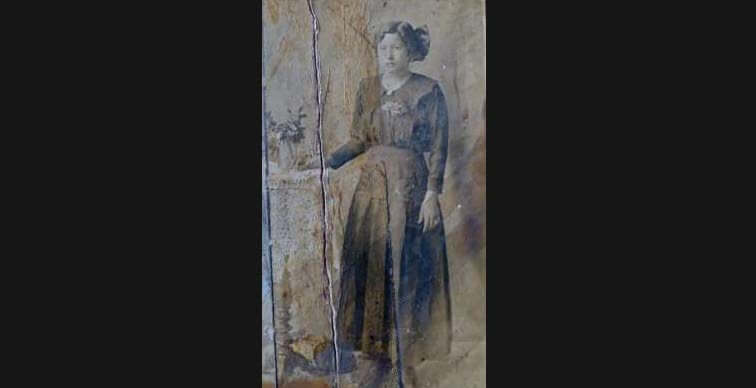Bernie Sanders has come close. And in doing so he has demonstrated that in 2016 the label democratic socialist is no longer a third-rail in American politics. This makes it a good time to talk about American political history and to contemplate the socialist movement of a century ago, when socialists won elections in more than 350 cities and towns, when more than 380 weekly and daily newspapers affiliated with the Socialist Party, when socialism was popular in states and counties that now vote solidly conservative.
A new set of online maps and tools shows the historical geography of American socialism in ways that have never before been possible.
In two dozen interactive maps and charts, users can explore the where and the when of the Socialist Party’s infrastructure and popular support from 1900 to 1948. This new section of the University of Washington’s Mapping American Social Movements project makes sharply visible what historians have until now tried to describe in words alone.
It is one thing to say that more than 1,000 Socialist candidates were elected to office between 1900 and 1924 and quite another to see the election victories spread across a map as it changes year by year. Some of these places are well known—Milwaukee, Bridgeport, Reading, Berkeley, Butte—but now we see details on so many others. The 41 Ohio municipalities that elected Socialists ranged in size from tiny Warsaw with 512 residents and a couple of flour mills and a wire factory to mighty Cleveland with a population of 550,000 in 1914. Click on any of them in the active map below and see who was elected and when. There are additional interactive vizualizations available in the “Socialist Party of America History and Geography” pages.
Other maps show county-by-county votes for Eugene Debs, Norman Thomas, and Allan Benson in each of their presidential campaigns and for socialist candidates for governor and congress in every bi-annual election from 1900-1948. Highlighting counties with the largest percentages of SP votes, these maps open the way to new interpretations of American political geography. Not only do we see the strength of the Socialist Party in Oklahoma (which Jim Green explored years ago), now visible is the red crescent of counties that extended north from Texas through Oklahoma, Kansas, Missouri, Indiana, Ohio, and into western Pennsylvania. This encourages us to think about the factors that turned this arc of rural and small city radicalism into some of the most conservative counties in contemporary politics.
James Weinstein pioneered the collection of data on party office holders, publications, and vote patterns and he used it to make the argument that membership and support grew during World War I in response to the Party’s antiwar stance. That argument has stood mostly unquestioned for almost fifty years. Now it can be reinvestigated. In addition to the election profiles, the project offers the most complete data on SP membership yet assembled, showing state-by-state and year-by-year changes in the number of dues paying members. Here is one six maps and charts that explore membership data. Move the year slider to see the changing numbers and distribution.
Scholars will use these tools to reinterpret the political history of the early 20th century. Teachers will find them equally exciting. Assignments and exercises in historical and geographic analysis can be based on these online materials. Ask your students to debate the Weinstein hypothesis after exploring the maps and data.
These resources are the result of important collaborations. Jack Ross assembled most of the data on elected party candidates for his new book, The Socialist Party of America: A Complete History. Other data come from the Tamiment Library, from the microfilmed Socialist Party Papers based at Duke, and ICPSR datasets. Students at the University of Washington contribute to this and other parts of the Mapping American Social Movements project, researching, collecting data, in some cases contributing essays.
The Socialist Party is just one of the movements that we are mapping. The project currently features more than 80 visualizations showing the historical geography of the NAACP, United Farm Workers, Congress of Racial Equality, Industrial Workers of the World, Communist Party, and soon to be added are units on the Underground Press, SNCC, the Chicana/o movement, the American Woman’s Party and National Organization for Women.
For more information, high quality charts, and an exploration of the data, see the Mapping American Social Movements website.









3 Comments
Comments are closed.